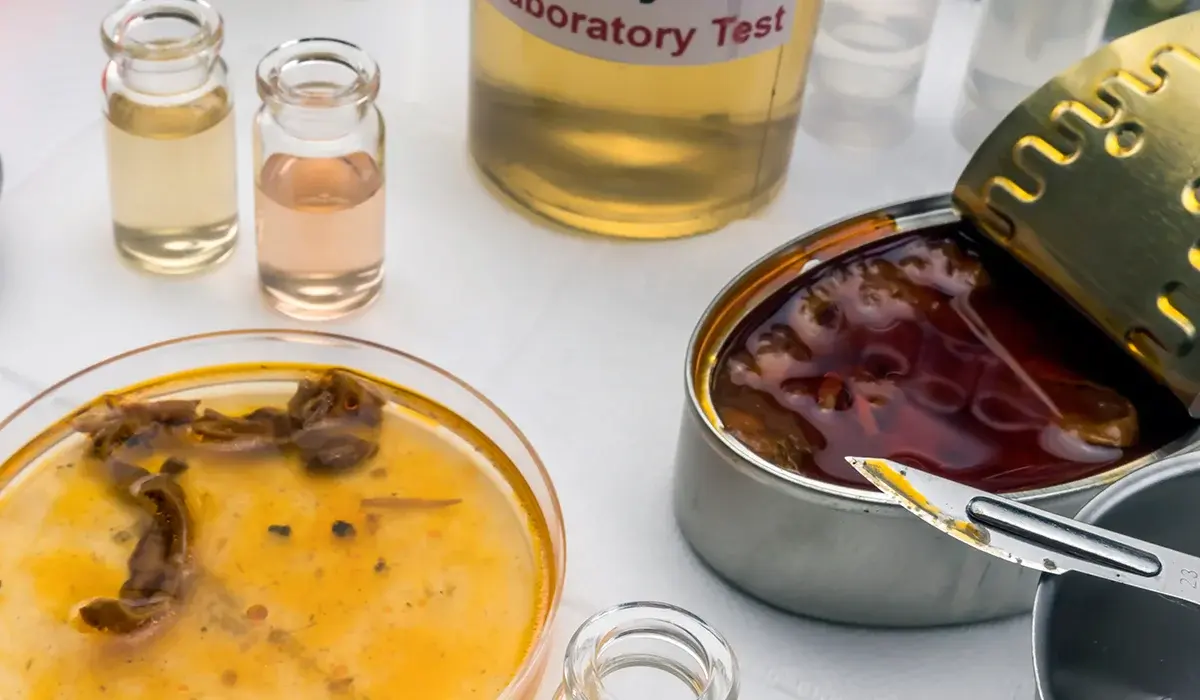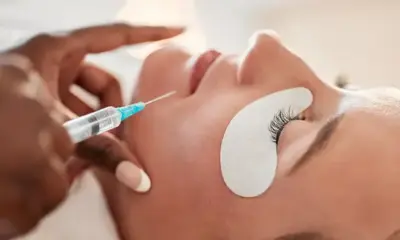Policy & Regulation
SCCS warns of endocrine disruptors and genotoxic ingredients in cosmetics

Endocrine Genotoxic Ingredient Alert: New Cosmetic Safety Findings from SCCS
The safety of cosmetic ingredients faces increased scrutiny as regulators safety potential hormonal and genetic risks from common compounds.
The Endocrine Genotoxic Ingredient Alert intensifies with the European Commission’s SCCS evaluation of Benzophenone-2 (BP-2) and Benzophenone-5 (BP-5).
BP-2 Raises Red Flags in Preliminary Safety Review
The SCCS recently released a preliminary opinion indicating that BP-2 may pose genotoxic and endocrine-disrupting risks to human health.
Studies show BP-2 exhibits clear estrogenic effects in both laboratory and animal tests, mimicking natural estrogen and disrupting hormonal balance.
However, critical gaps remain. The SCCS identified a lack of long-term toxicity and reproductive toxicity data to assess BP-2’s full impact.
Despite evidence of endocrine activity, the committee could not confirm BP-2’s overall safety due to missing essential toxicological information.
Endocrine Genotoxic Ingredient Alert: Industry Must Respond
The Endocrine Genotoxic Ingredient Alert highlights the urgency for cosmetic manufacturers to reconsider using BP-2 in product formulations.
BP-2 appears in shampoos, moisturizers, fragrances, and other personal care products, despite questions about its hormonal and genotoxic properties.
EWG’s database lists BP-2 in products with hazard scores ranging from moderate to high, including fragrances and nail care items.
Notably, OPI moisturizers containing BP-2 received hazard scores of 9/10 and 10/10, triggering serious concerns among safety advocates.
This widespread use drives calls for stricter labeling and ingredient transparency in beauty and hygiene products around the world.
BP-5 Deemed Safe—But with Conditions
Unlike BP-2, BP-5 passed SCCS review for use up to 5% in sunscreens, lipsticks, and face creams based on comparative data.
Lacking its own toxicology profile, BP-5 was evaluated using the read-across method from its analog, Benzophenone-4 (BP-4).
The SCCS declared BP-5 safe under current limits but emphasized the need for further studies and cautious monitoring in future reviews.
While BP-5 currently poses less risk, its approval depends on limited data, highlighting the broader need for full toxicological assessments.
Health Impacts of Endocrine and Genotoxic Compounds
Endocrine disruptors interfere with hormones and may contribute to fertility issues, cancer risks, and developmental abnormalities across populations.
Genotoxic ingredients can damage DNA and may increase the likelihood of mutations, making early detection and regulatory intervention crucial.
The Endocrine Genotoxic Ingredient Alert underscores the importance of understanding cosmetic safety through ongoing scientific evaluation and public awareness.
Stay informed and protect your health. Explore more regulatory updates and science-based news right here on this website.



















